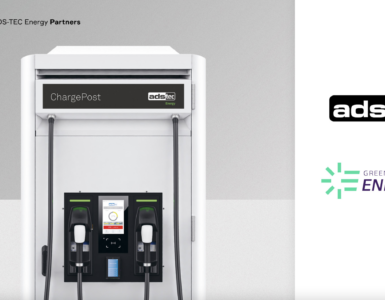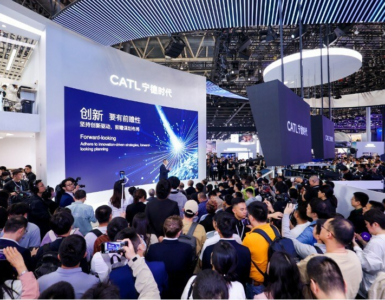McKinsey – Battery 2030: Resilient, sustainable, and circular.
Battery demand is growing—and so is the need for better solutions along the value chain.
This work is independent, reflects the views of the authors, and has not been commissioned by any business, government, or other institution.
Global demand for batteries is increasing, driven largely by the imperative to reduce climate change through electrification of mobility and the broader energy transition. Just as analysts tend to underestimate the amount of energy generated from renewable sources, battery demand forecasts typically underestimate the market size and are regularly corrected upwards.
🔥 What about we co-host a webinar? Let's educate, captivate, and convert the battery economy!
Batteries News is the global go-to online magazine for the battery industry, we can help you host impactful webinars that become a global reference on your topic and are an evergreen source of leads. Click here to request more details
In an earlier publication, a joint 2019 report by McKinsey and the Global Battery Alliance (GBA), and SystemIQ, A vision for a sustainable battery value chain in 2030, we projected a market size of 2.6 TWh and yearly growth of 25 percent by 2030. But a 2022 analysis by the McKinsey Battery Insights team projects that the entire lithium-ion (Li-ion) battery chain, from mining through recycling, could grow by over 30 percent annually from 2022 to 2030, when it would reach a value of more than $400 billion and a market size of 4.7 TWh.
Although battery growth will confer multiple environmental and social benefits, many challenges lie ahead. To avoid shortages, battery manufacturers must secure a steady supply of both raw material and equipment. They must also channel their investment to the right areas and execute large-scale industrialization efficiently. And rather than just greenwashing—making half-hearted efforts to appear environmentally friendly—companies must commit to extensive decarbonization and true sustainability.
Faced with these imperatives, battery manufacturers should play offense, not defense, when it comes to green initiatives. This article describes how the industry can become sustainable, circular, and resilient along the entire value chain through a combination of collaborative actions, standardized processes and regulations, and greater data transparency.
By emphasizing sustainability, leading battery players will differentiate themselves from the competition and generate value while simultaneously protecting the environment. The strategies and goals presented here are aligned with both McKinsey’s battery supply chain vision and the GBA’s principles.
Global market outlook for 2030
Global demand for Li-ion batteries is expected to soar over the next decade, with the number of GWh required increasing from about 700 GWh in 2022 to around 4.7 TWh by 2030 (Exhibit 1). Batteries for mobility applications, such as electric vehicles (EVs), will account for the vast bulk of demand in 2030—about 4,300 GWh; an unsurprising trend seeing that mobility is growing rapidly. This is largely driven by three major drivers:
- A regulatory shift toward sustainability, which includes new net-zero targets and guidelines, including Europe’s “Fit for 55” program, the US Inflation Reduction Act, the 2035 ban of internal combustion engine (ICE) vehicles in the EU, and India’s Faster Adoption and Manufacture of Hybrid and Electric Vehicles Scheme.
- Greater customer adoption rates and increased consumer demand for greener technologies (up to 90 percent of total passenger car sales will involve EVs in selected countries by 2030).
- Announcements by 13 of the top 15 OEMs to ban ICE vehicles and achieve new emission-reduction targets.
Battery energy storage systems (BESS) will have a CAGR of 30 percent, and the GWh required to power these applications in 2030 will be comparable to the GWh needed for all applications.
China could account for 45 percent of total Li-ion demand in 2025 and 40 percent in 2030—most battery-chain segments are already mature in that country. Nevertheless, growth is expected to be highest globally in the EU and the United States, driven by recent regulatory changes, as well as a general trend toward localization of supply chains. In total, at least 120 to 150 new battery factories will need to be built between now and 2030 globally.
In line with the surging demand for Li-ion batteries across industries, we project that revenues along the entire value chain will increase 5-fold, from about $85 billion in 2022 to over $400 billion in 2030 (Exhibit 2). Active materials and cell manufacturing may have the largest revenue pools. Mining is not the only option for sourcing battery materials, since recycling is also an option.
Although the recycling segment is expected to be relatively small in 2030, it is projected to grow more than three-fold in the following decade, when more batteries reach their end-of-life.
READ the latest Batteries News shaping the battery market
Battery 2030: Resilient, sustainable, and circular, January 16, 2022








